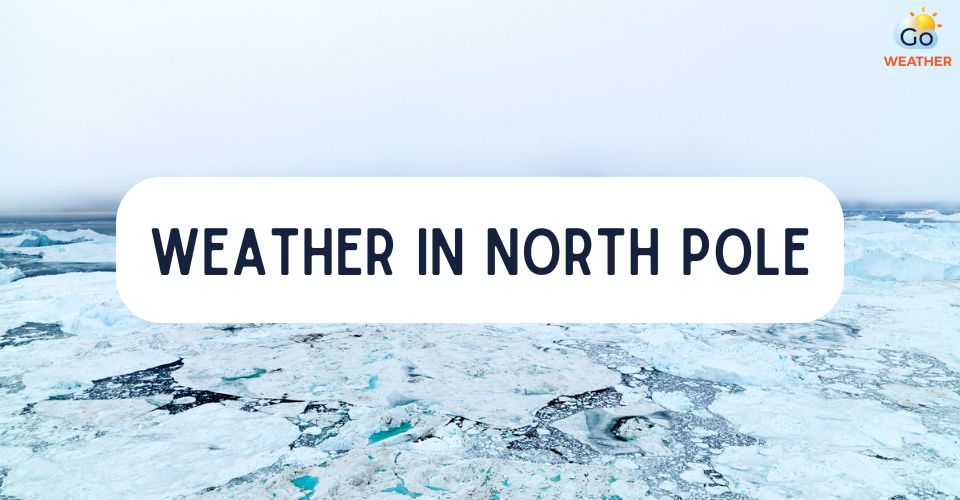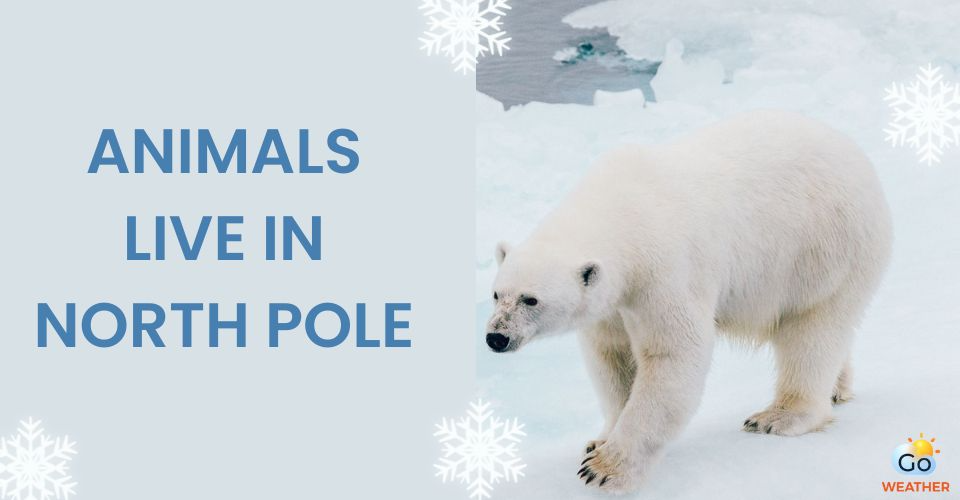What is the Weather and Climate in Antarctica Like? Key Features
Antarctica is nearly centered on the South Pole and is surrounded by three oceans: the Pacific, Atlantic, and Indian. Although it is larger than Europe, 99% of the continent is covered by an ice sheet. The continent is also extremely dry, and this is technically a desert. So, what is the weather and climate in Antarctica? Find the answer and get more interesting facts about this continent in this article!
.jpg)
What is the climate and weather like in Antarctica?
What Type of Climate Does Antarctica Have?
As mentioned in the introduction, Antarctica is a large continent—larger than Europe, Australia, or even North America.
Thus, this continent has several climate zones, including the Continental high plateau, Continental low plateau, continental high latitude coast, continental low latitude coast, Antarctic islands, Antarctic peninsula, and sub-Antarctic islands.
Whereas the coastal parts of West Antarctica have a fairly oceanic climate, the climate tends to be much colder in the central East.
Generally speaking, Antarctica's primary climate is the ice cap climate. It is a subtype of polar climate and is considered the coldest climate in the world.
.jpg)
Antarctica has several climate zones
Weather Conditions and Climate Characteristics in Antarctica
Antarctica is the coldest, driest, and windiest continent in the world. It has a climate of extremes. Let’s examine the details about temperatures, wind speeds, rainfall, humidity, etc., in Antarctica to determine how severe the weather is!
Temperature
To know “what is the weather and climate in Antarctica like?”, it’s good to check out its cold temperatures first.
The temperature in the continent’s interior during the year is about -70.6°F (-57°C), on average. In winter, the average inland temperatures are between -76°F (-60°C) and -94°F (-70°C).
.jpg)
What is the climate in Antarctica?
The coastal areas are warmer, with temperatures that can reach a maximum of between -28.4°F (-2°C) and 48.4°F (8°C) during summers.
In the winter months, the average temperatures along the coasts are much higher than the inland temperatures, with -22°F (-30°C) to -4°F (-20°C).
With such bitterly cold temperatures, Antarctica is not surprising to be the world’s coldest continent. The lowest temperature ever recorded on Earth was -129.3°F (-89.6°C) at the research station Vostok, Russia, in eastern Antarctica in 1983.
Wind
Apart from global wind currents, Antarctica also creates its own wind systems. There’s a name for the type of wind in Antarctica: katabatic wind that often occurs in areas below 60°S in the continent. Also known as “fall winds,” these gravity-driven gusts push the high-density air masses downward from above high-altitude slopes to the coast.
.jpg)
The katabatic winds in Antarctica
Most of this wind only reaches the speed of around 18 kph (or 11mph), but it is over the enormous ice sheets of Antarctica, where great concentrations of cold, dense air build up over time and push downward roughly with considerable force.
When that kind of wind is funneled through narrower areas along the continent's coast, for example, it can blow at the speed of a hurricane.
Antarctica is famous for being the windiest place on Earth, with recordings of up to 320 kph (200 mph) being made.
Precipitation and Humidity
When it comes to the weather in Antarctica, it is a big mistake to miss out on its precipitation and humidity.
Most precipitation occurs in Antarctica as snowfall, especially in winter. In the high-pressure area in Antarctica’s central part, precipitation falls only due to the cooling of the high-altitude air masses.
Central Antarctica is an arid ice desert with annual precipitation of less than 50 millimeters. This falls as tiny ice crystals, not snow, and is known as “diamond dust.”
.jpg)
Diamond dust
Areas closer to the coastal regions have more precipitation, which can reach up to 600 millimeters per year. The heaviest snowfalls can be found on the Antarctic Peninsula’s western coast, and rain commonly occurs in coastal areas in summer.
According to discoveringAntarctica.org.uk, the air's relative humidity (RH) at the South Pole can be as low as 0.03%. Based on the mean precipitation per year, most of the Antarctic continent technically qualifies as a desert.
As mentioned before, there’s very little annual precipitation in the interior, and the bitterly cold temperature and katabatic wind make Antarctica the driest continent on the planet.
Remarkably, the McMurdo Dry Valleys in Antarctica is the driest place in the world, receives 0 inches of precipitation per year and has almost no humidity available. More
Surprisingly, the Friis Hills in Taylor Valley, a part of McMurdo Dry Valleys, Antarctica, haven’t received water in … 14 million years.
Cloud
.jpg)
How is the weather in Antarctica?
Estimations of cloud cover in Antarctica have been problematic since the whole landscape is challenging to estimate.
The average cloud cover on this continent may be 6/8 or 4/8; however, the reality is that it is either 0/8 or 8/8 (no cloud or total cloud).
Of course, coastal regions are always cloudier than continental areas. Also, continental clouds are often made entirely of tiny ice crystals rather than a combination of ice and water vapor on the coast.
Seasons
It’s necessary to check out facts about seasons when considering what is the weather in the Antarctica. There are two seasons in Antarctica: summer and winter.
Since it is located in the Southern Hemisphere, summer here lasts from October to February. During this time, the sun is almost always in the sky. Also, days rapidly get longer until the sun doesn’t set, a phenomenon known as “the Midnight Sun.”
January is the warmest month on this continent out of the 12 months of the year. During this month, average temperatures in the Antarctic Peninsula might climb to 0°C.
.jpg)
The Midnight Sun in Antarctica
Antarctic winters generally last from April to October. Because the sun never rises, they are extremely chilly. The average temperature in Antarctica during the winter is -34.4°C.
|
You may also like: |
Ice
The ice in Antarctica is 2.5 km (nearly 99,000 inches) thick. Roughly 99% of Antarctica’s area is covered by an ice sheet.
The Antarctic ice sheet covers an area of almost 5.4 million square miles (14 million square kilometers) and contains 5.4 million square miles (26.5 million cubic kilometers) of ice.
This ice sheet holds about 61% of all freshwater on the planet, equivalent to approximately 58 meters of sea-level rise.
A few mountain peaks in Antarctica may be seen above the ice sheet. And these are called Nunataks.
.jpg)
Nunataks
Roundup
Antarctica is the coldest, windiest, and driest continent on Earth. It’s so dry and has extremely little precipitation that most of the continent is considered desert. So that’s about “What is the weather and climate in Antarctica?” We hope you found it valuable and interesting.










0 Comments
Leave a Comment
Your email address will not be published. Required fields are marked *